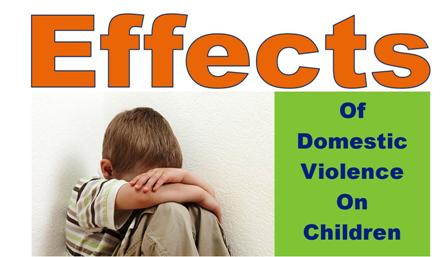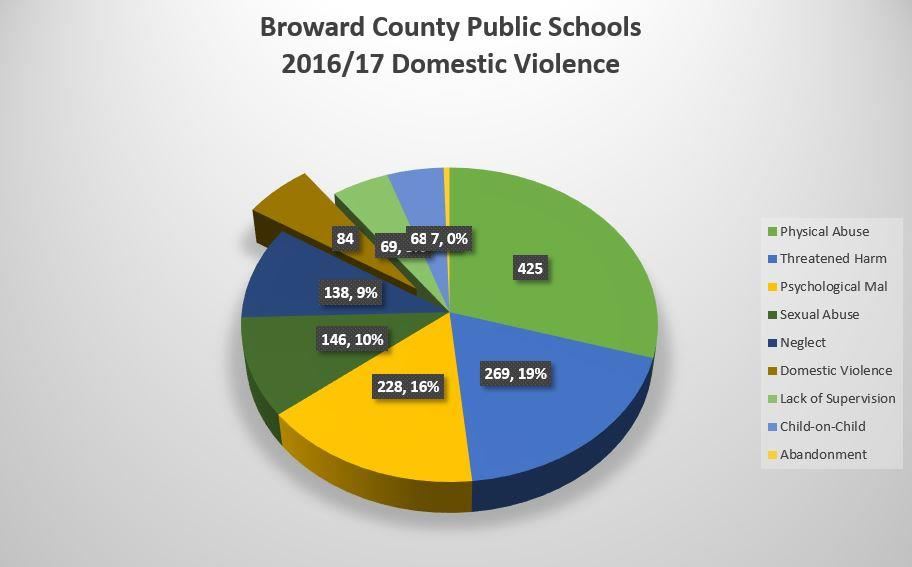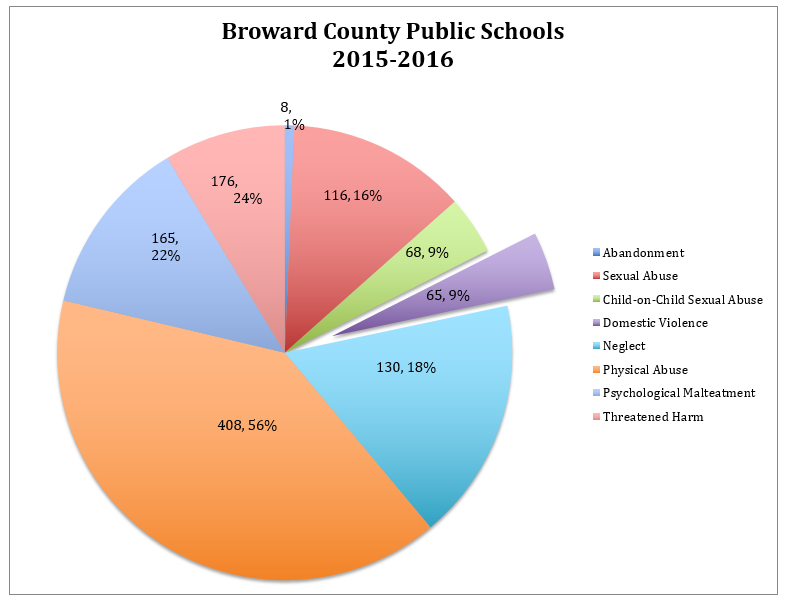Domestic Violence

Domestic Violence
-
Definition
According to Florida Statute 741.28, “domestic violence” means any assault, aggravated assault, battery, aggravated battery, sexual assault, sexual battery, stalking, aggravated stalking, kidnapping, false imprisonment, or any criminal offense resulting in physical injury or death of one family or household member by another family or household member.
“Family or household member” means spouses, former spouses, persons related by blood or marriage, persons who are presently residing together as if a family or who have resided together in the past as if a family, and persons who are parents of a child in common regardless of whether they have been married.
Domestic violence is a learned behavior… it is usually learned in the home. Domestic violence is about power and control.
Domestic violence frequently causes harm or threatened harm to children who witness the violence or live in homes where domestic violence is occurring. Florida Statute 39 includes in the definition of “harm” situations when any person:
- Engages in violent behavior that demonstrates a wanton disregard for the presence of a child and could reasonably result in serious injury to the child
- Negligently fails to protect a child in his or her care from inflicted physical, mental, or sexual injury caused by the acts of another.
Situations in which children are direct witnesses of domestic violence, or reside in a home where domestic violence is occurring, fall under mandatory reporting to the Florida abuse hotline: 1-800-96-ABUSE.
-
Indicators
Domestic violence remains a very hidden form of maltreatment. Domestic violence poses significant harm or threatened harm to children through:
- Exposing them to physical injury (getting in the way of a domestic violence perpetrator)
- Risk of being physically abused by the victim of domestic violence (issues of anger management)
- Harming the child’s normal emotional development by predisposing the child to become an adult victim or perpetrator
- Changing the developing physical structure of the brain of a child under the age of 3 years through the repeated release of stress hormones.
For a complete description of types and indicators of Domestic Violence, click here. Types and Indicators School Board employees become aware of domestic violence through direct or indirect disclosure. Students may tell a teacher about violent behavior that has happened at home, and perhaps that the police were called to the home. Sometimes, students draw pictures showing violent behavior at home, or describe the behavior in journals or stories. Sometimes a victimized parent, or a family friend or neighbor, will contact school and disclose. Women in Distress has developed the following training material focused on the effects of domestic violence on children:
Effect of Domestic Violence on Children

-
Data
Domestic violence is under-reported by Broward County school employees. In the 2017-18 school year, 5 percent of reports to the Florida abuse hotline involved domestic violence. Improved knowledge of domestic violence and skill in identifying indicators should result in an increase in reporting.



-
Resources
If you know or suspect that on-going domestic violence is occurring in the home, a report should be made to the Florida abuse hotline at 1-800-96-ABUSE. Child abuse is a subset of the broader issue of family violence, also known as domestic violence. The greatest number of incidents of domestic violence involve adult females who are physically assaulted by their husbands or partners. However, domestic violence may also include abuse of the elderly, children, and animals in the home.
The child abuse designee at your school, by School Board policy, is the person with whom you should communicate regarding suspected domestic violence. If you are unsure whether to report, consult with your child abuse designee or contact Child Abuse Services at (754) 321-2492.
People often wonder why victims of domestic violence don’t simply leave the abusive relationship. However, there are many barriers to leaving, including:
- economic dependence
- threats of harm, including death
- fear of losing custody of children
- no available, affordable housing
- no job skills
- no personal support
- fear of the court system
- cultural and religious constraints
- fear of being alone and of making changes
- guilt about failure of the relationship
- belief in the abuser’s promises to change.
Sometimes, victims of domestic violence confide their fears and anxieties to teachers, student support staff, or administrators. When this happens, it’s important to offer emotional support and reliable information about how to get help. Refer the person to a school social worker or family counselor who will be able to link the individual to supportive services within the community. Don’t be judgmental about the situation or assume that the person will not take action to protect themselves and their children. Do follow up with the person to determine whether help has been received.
Children who experience or witness violence, especially on a repetitive basis, are likely to become aggressive themselves. Aggressiveness in a child is a good predictor of violence in an adult. Intervention can help to break the vicious cycle of domestic violence.
WOMEN IN DISTRESS CRISIS LINE: (954) 761-1133
Shelter, Therapeutic Intervention (Victims Only), Assistance with Protective Injunctions
THE GLASS HOUSE: (954) 938-0055
Therapeutic Intervention (Victims and Perpetrators)
-
TO REPORT CHILD ABUSE, CALL 1-800-96ABUSE

